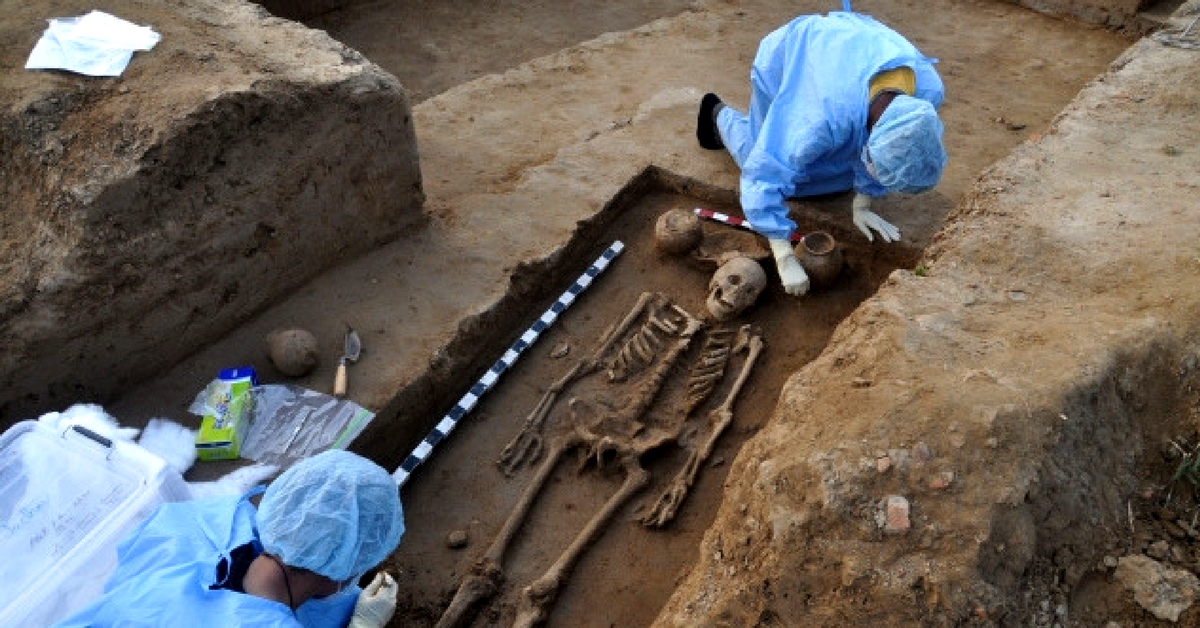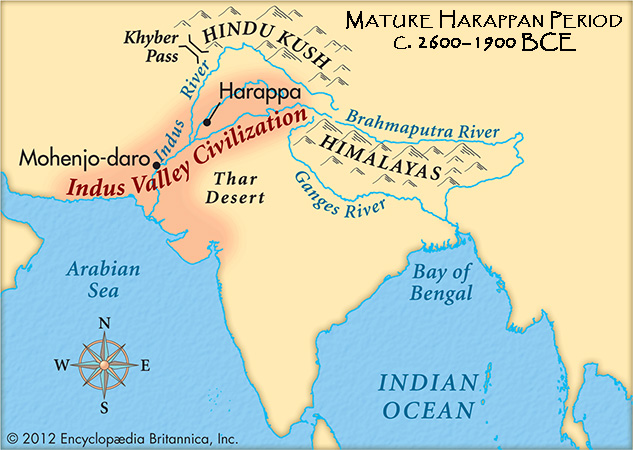IIT-Kharagpur Rewrites History by Discovering This Amazing Fact About the Indus Valley Civilisation
Discovered in the 1920s, the Indus Valley Civilisation is the oldest known civilisation in the world and shows abundant evidence of people living with their own scriptures, barter systems, baths and culture.

Scientists from the Indian Institute of Technology (IIT)- Kharagpur have made a discovery that could potentially change the course of history as we know it.
Discovered in the 1920s, the Indus Valley Civilisation is the oldest known civilisation in the world and shows abundant evidence of people living with their own scriptures, barter systems, baths and culture.
You can read details about the phenomenal lives of the Indus Valley Citizens here.
Scientists from IIT-Kharagpur and Archaeological Survey of India had been instrumental in calculating the exact period when this civilisation flourished.

In 2016, they had successfully uncovered evidence that the civilisation was 8,000 years old, as opposed to the earlier belief that it was 5,500 years old.
Now, a new research by the same institute has successfully busted another myth about the civilisation.
A widely-accepted theory states that the Indus Valley Civilisation was brought to an end owing to a 200-year-old drought about 4350 years ago.
However, a recent discovery by the IIT-Kharagpur team uncovered evidence that the drought, in fact, lasted for 900 years!

Researchers from the geology and geophysics departments of the institute have been studying the variation of monsoons over the past 5000 years. While studying monsoons over the Himalayas, the researchers discovered that for 900 years, there was little to no rainfall in the region. This is evidence that the source of water for the rivers that helped Indus civilisation thrive was completely cut at its source.
They have mapped a 5000-year monsoon variability in the Tso Moriri Lake in Leh-Ladakh and identified phases of good as well as weak and no monsoons. This lake too was fed by the same glacial source as the Indus Valley rivers.

The study will be published in Quaternary International Journal by Elsevier in April 2018.
Anil Kumar Gupta, the lead researcher and a senior faculty of geology at IIT-Kharagpur spoke to the Times of India about this groundbreaking discovery.
You may also like: How 36 Sites in India Have Transcended Borders Through UNESCO World Heritage Tags
“The study revealed that from 2350 BC (4350 years ago) till 1450 BC, the monsoon had a major weakening effect over the zone where the civilisation flourished. A drought-like situation developed, forcing residents to abandon their settlements in search of greener pastures,” he said.
The monster drought led residents of the valley to migrate eastward near the Ganga-Yamuna valley in and around what is now Uttar Pradesh, Bihar and Bengal in the east, Madhya Pradesh, south of Vindhyachal and Gujarat- southward of the civilisation, Gupta added.
(Edited by Gayatri Mishra)
Like this story? Or have something to share?
Write to us: [email protected]
Connect with us on Facebook and Twitter.
NEW: Click here to get positive news on WhatsApp!

Similar Story

Netaji Bose’s Favourite Eatery Has Been Serving Traditional Delicacies for Over 100 Years
The Swadhin Bharat Hindu Hotel in Kolkata, started by Mangobindo Panda, is a century-old pice hotel where Indian freedom fighters like Netaji Subhas Chandra Bose would enjoy Bengali delicacies.
Read more >
If you found our stories insightful, informative, or even just enjoyable, we invite you to consider making a voluntary payment to support the work we do at The Better India. Your contribution helps us continue producing quality content that educates, inspires, and drives positive change.
Choose one of the payment options below for your contribution-
By paying for the stories you value, you directly contribute to sustaining our efforts focused on making a difference in the world. Together, let's ensure that impactful stories continue to be told and shared, enriching lives and communities alike.
Thank you for your support. Here are some frequently asked questions you might find helpful to know why you are contributing?


This story made me
-
97
-
121
-
89
-
167












